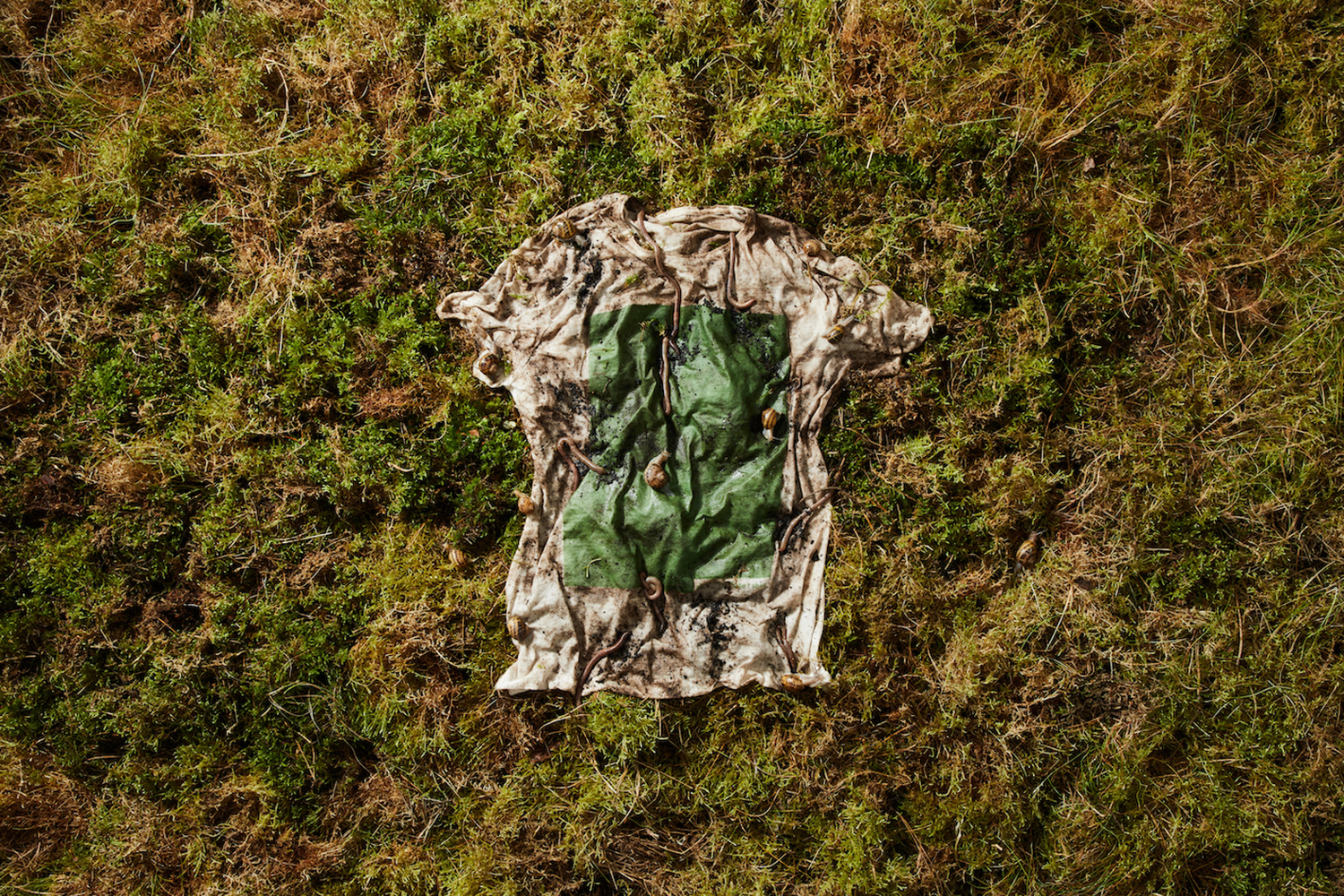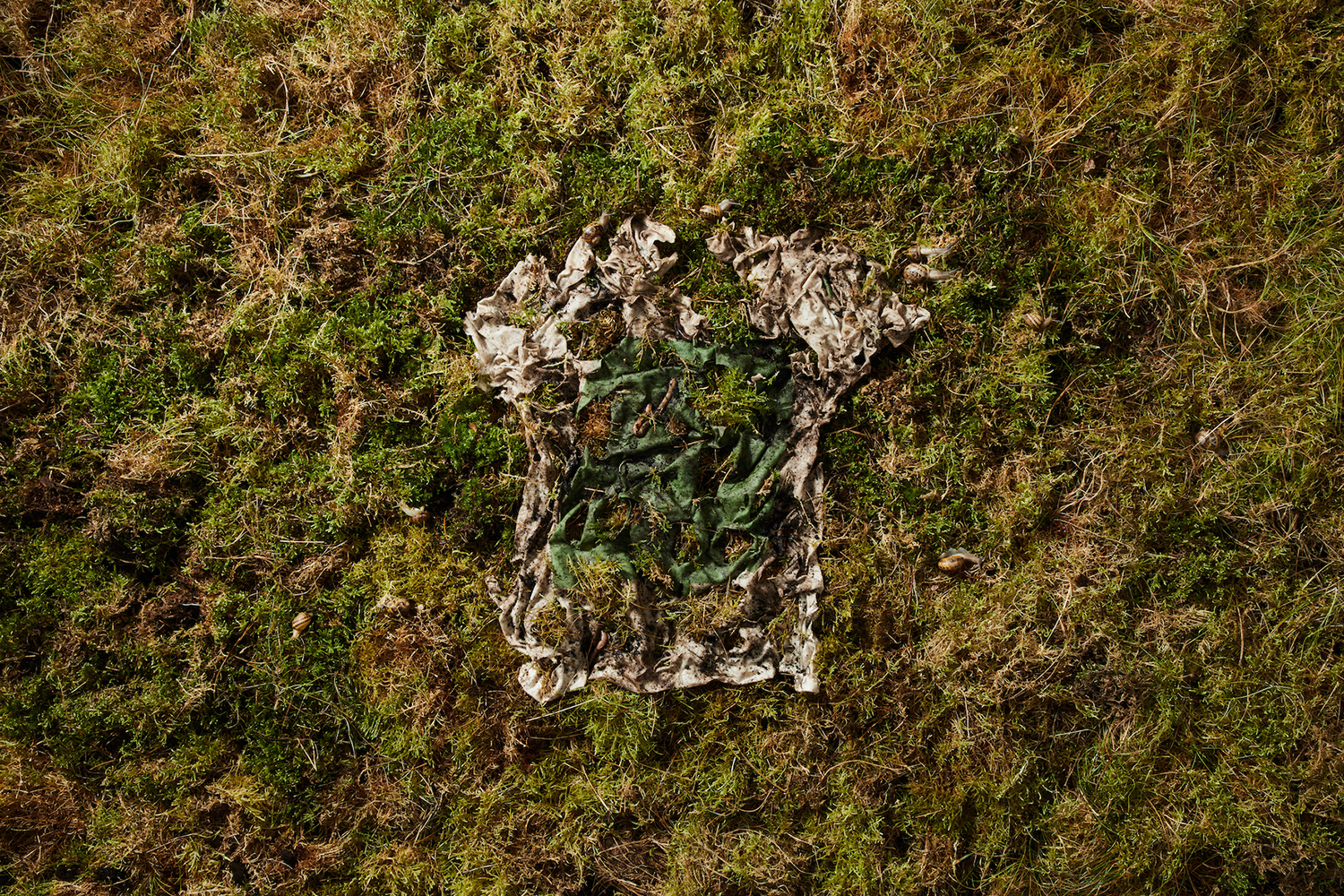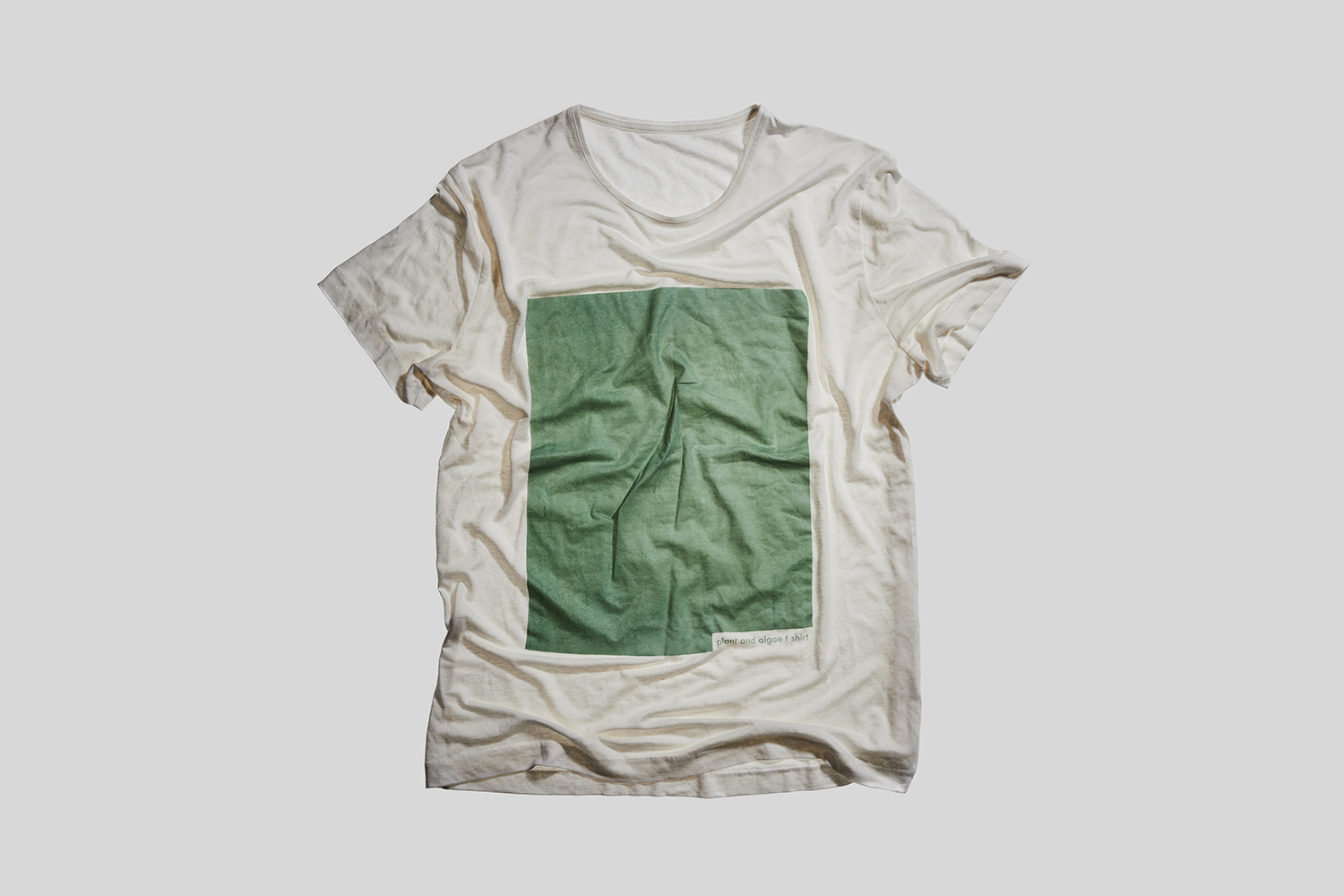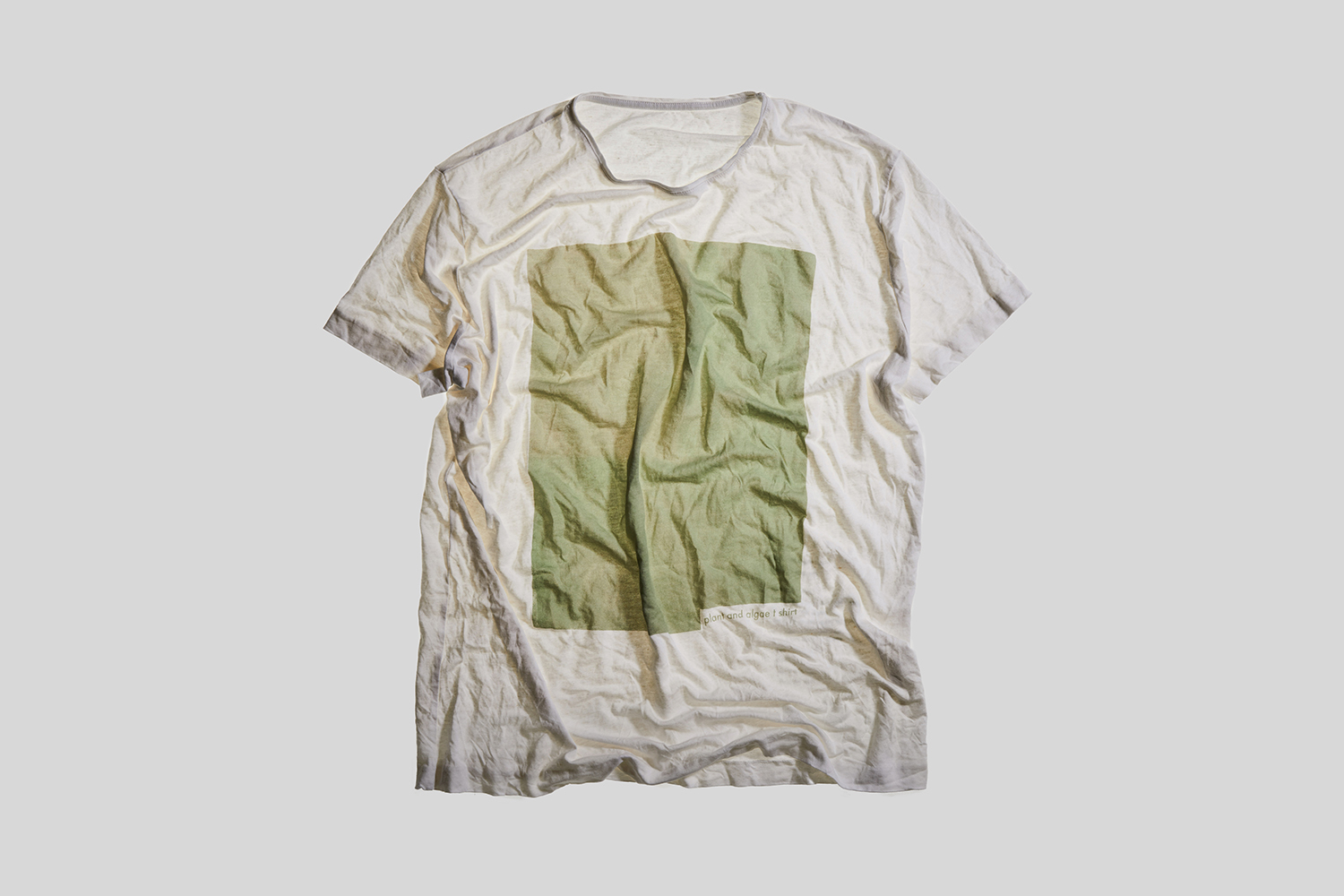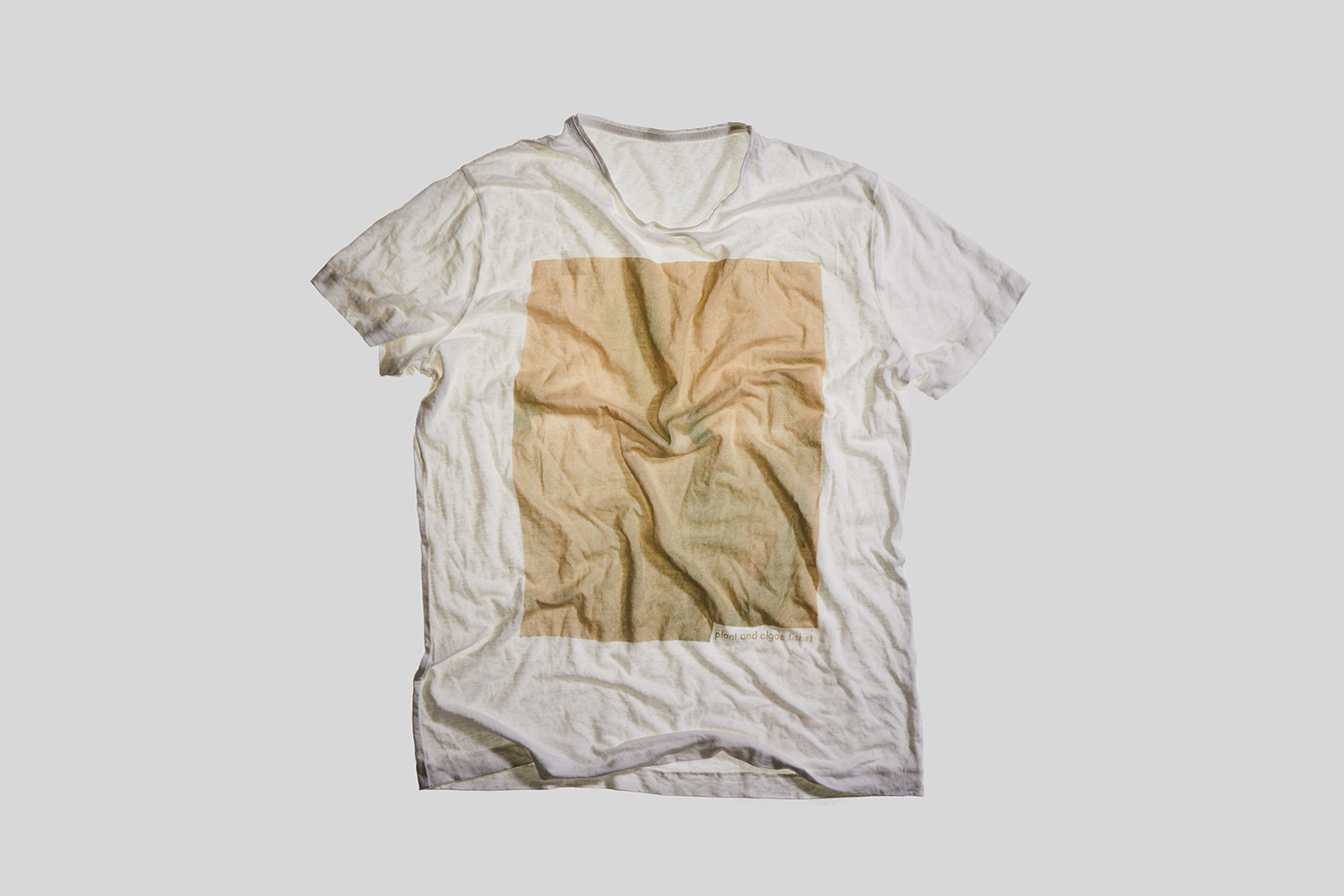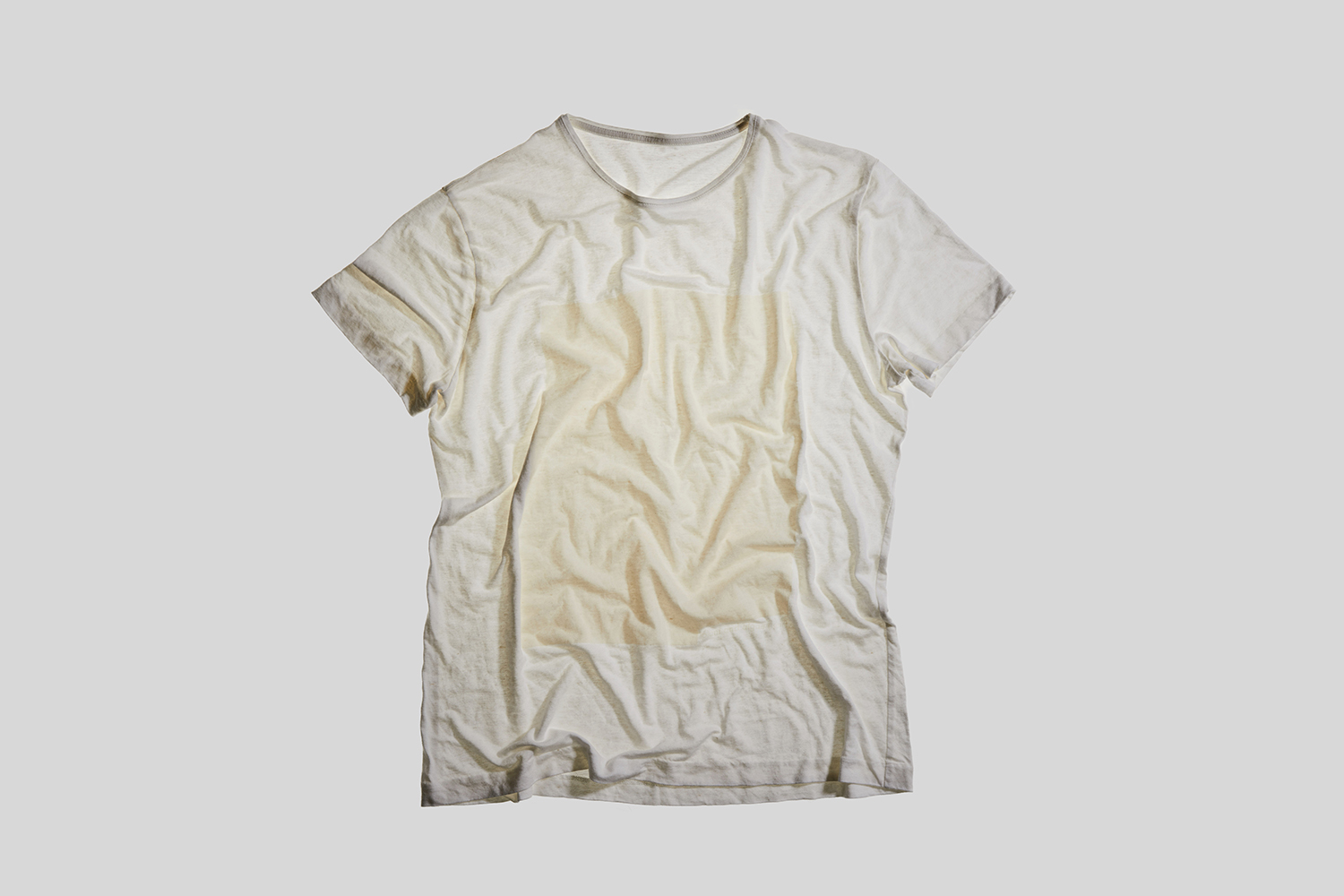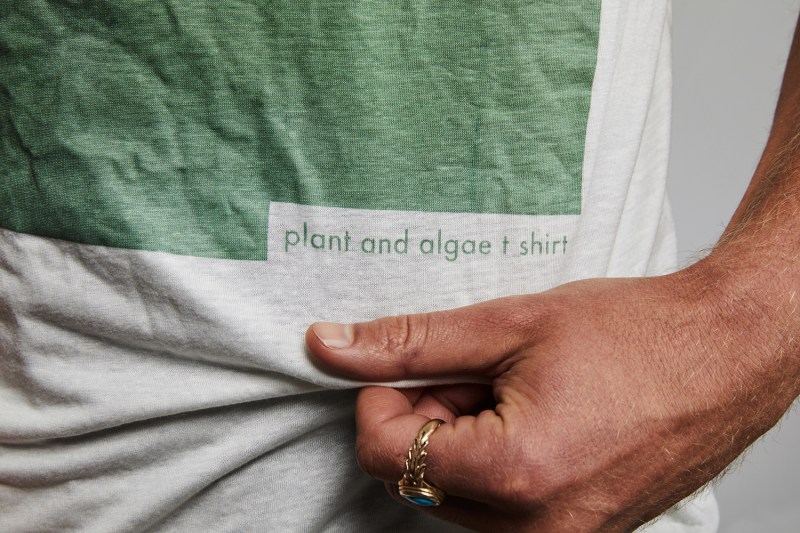
In a variety of industries, companies like Vollebak are using science and technology to build a fruitful future for our world. The tech-based apparel manufacturer has taken a tip from Robert Frost by heading down the road less traveled with the innovative Vollebak plant and algae T-shirt.
Vollebak’s goal has been, and always will be, to create a new standard of intelligent outdoor clothing and gear. Founded in 2015, the London-based innovators crafted the world’s first graphene jacket. Described as “the perfect atomic lattice,” graphene is the lightest, strongest, and most conductive material ever made, and it’s the only material to win a Nobel Prize. Vollebak has released a collection of fireproof “100 Year” clothing designed to outlive you, as well as a heap of other advanced clothing and gear for the everyday adventurer.
But we’re here to talk about Vollebak’s newest invention: the plant and algae shirt.
Crafted with lab-grown algae and wood pulp, the Vollebak plant and algae tee fits the bill for the brand’s desired future of the fashion industry. Not only is the product made through environmentally friendly practices, but the material will also transform into compostable worm food when it has reached its bookend. “You’re unlikely to forget the day you buried your T-shirt in the garden,” Vollebak says.
The T-shirt logo design is wholly fabricated from algae grown in bioreactors, which is made into a printable ink by filtering water from the bioreactor to create a green algae paste, which is dried in the sun to form a fine powder. This powder is mixed with water to reach its formidable algae ink stage. This ink reacts much differently from the popular, longer-lasting plastisol ink. However, what it lacks in enduring presence it makes for with rustic and unique aesthetic.
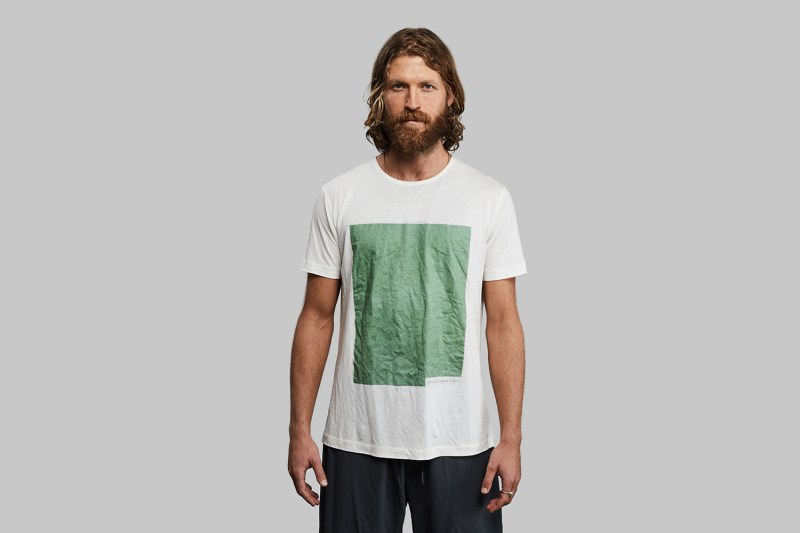
“Algae can’t survive once it’s removed from the water, so the algae on the T-shirt is no longer alive,” said Vollebak co-founder Steve Tidball. “And because it started life as a plant rather than a chemical dye, the natural pigment in algae is more sensitive and won’t behave like color normally does on clothing. As soon as it comes into contact with air it starts to oxidize, which means the green will begin to change color and your T-shirt may look different from one week to the next as it fades, making every T-shirt unique.”
The algae ink is printed on a shirt that hosts its own list of eco-friendly materials. Every Vollebak plant and algae T-shirt utilizes a fabric spun from eucalyptus, beech, and spruce wood pulp. All the wood used in the operation is harvested from sustainable forestry plantations that are certified by both the Forestry Sustainability Council and the Programme for the Endorsement of Forest Certification, the largest international forest certification system in the world.
The biodegrade process takes about 12 weeks, but it’s a definitive improvement from the ubiquitously wasteful clothing production we see today. It’s an improvement you may not notice when wearing it, but it’s one you know is there from the moment you check out. At the end of the day, it’s still a comfortable, durable, and stylish T-shirt that meshes easily within anyone’s casual wardrobe; it just happens to provide a little sustainable consumer satisfaction.
The Vollebak plant and algae T-shirt is available now for $110 on the Vollebak website. Yes, it may seem a bit overpriced for a shirt that will just fade and decompose into dust at the end, but can you really put a price on saving the world?

